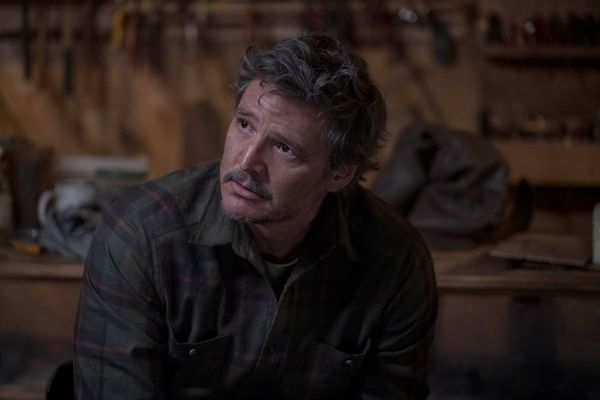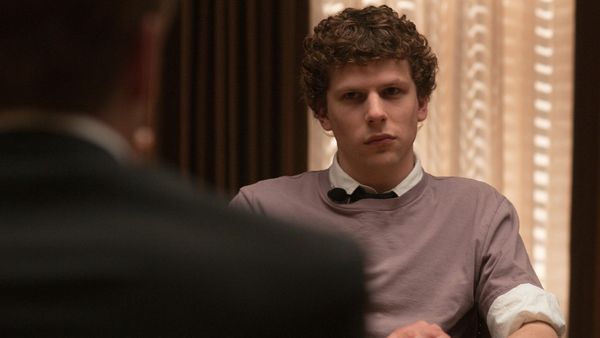Should we sympathise with a millionaire vigilante?
Or is Batman still a relevant idea?
Certain heroes lend themselves to break downs: logan, ironman, daredevil — we love seeing these heroes struggle at their lowest. But one iconic creation sees himself almost exclusively portrayed on the verge of psychological or physical collapse.
Batman was created from conflict, and the duality of a shattered psyche and infinite wealth is such a compelling premise that the most famous batman books feature the dark knight in varying states of decay: Knightfall, batman returns, killing joke, long halloween, year one, hush.
All of the biggest Batman stories are about Bruce Wayne at the end of his rope.
One of the more well-known books, Year One — largely due to the colouring by Richmond Lewis and the characterization of Bruce Wayne by Frank Miller — is a classic example.
Bruce starts his career in year one as Batman. The narrative focuses on Jim Gordon and Bruce finding their feet in the new gotham, and Bruce is slowly unraveled by his new mantle as the dark knight. In the penultimate moment, as Batman and Gordon come face to face, Gordon lets an unmasked Bruce go — it’s a powerful climax because Batman is at his most vulnerable, and it’s only the compassion and poor eyesight of Gordon that allows the dark knight to go free.
It’s iconic not just because of what happens, but because of the larger mythos of the stories. This book, among Miller’s other work, forms the more ethical egoist driven Batman that found its way back into circulation in the late eighties.
Ayn Rand outlined her ideal hero, one characterised by radical individualism, intelligence and self-control — almost a perfect trait sheet for Miller’s Batman.
For context, spider-man is the opposite of a randian hero: glib, guilt-ridden, antisocial and constantly in a crisis of conscience.
Miller introduced a Randian brand of Batman that would go on to become the characterization we see more often than not. It’s little surprise that Ayn Rand’s work had a heavy influence on Zack Snyder as well — the characterisation of Bruce Wayne in Batman v Superman is spot on with Rand’s vision, fitting given the film lent heavily on Miller’s Dark Knight Returns as a source material.
The Dark Knight Returns follows a retired Batman as he claims back the city from the mutants and gangs who run rampant over Gotham. During a blackout and on the precipice of war, Batman and Robin make gotham the safest city in America — Batman is then targeted by a jealous Ronald Regan, who orders Superman to dispense of Batman. It’s the ultimate clashing of egoism vs. collectivism and the ideological friction informs in the internal conflict of the story. It’s a great book because it takes these characters’ ideologies to their extremes, then places them in each other’s path.
This ideological challenge to Batman’s Randian heroics forms the backbone of the most compelling stories in the mythos.
But something happened over the years as this version of Bruce Wayne became less and less relatable. Most comic book readers were teenagers and young adults — something needed to change.
As the 90’s approached the batman films grew more and more campy and over the top. Because they were live action and for everyone, the darkness was pulled back, as was the violence. Bruce Wayne was reduced to being a rich guy who dressed up in a costume and saved Gotham from city-ending peril.
It wasn’t until Batman: The Animated Series that we saw another definitive take on the mythos. The show was so iconic and well-received that it changed the source material.
Being more adult orientated than its live action counterparts, the animated series featured emotional and physical violence that was unmatched in any Batman show or film. The animation had a distinctive style that would go on to define Batman art for years to come, but it was the treatment of guns, hand-to-hand combat and villains that separated the show from anything we’d seen before.
Batman wasn’t always dealing with freeze rays or penguin bombs. Most episodes it was criminals with guns or corrupt politicians. The show found a moral centre through this more grounded violence, but challenging Batman ideologically in and out of the costume was the thrust of each narrative — Bruce was a more rounded, interesting part of the story and he had to do more than just beat up thugs. When he was the head of a multinational company, he had to think and be an active part of the story. Live in the cowl affected life as Bruce, and Batman’s antics had real implications for Bruce. No more ubermancht.
Decisions were made by Batman for subjective reasons, no more objectivism to avoid ambiguity or a genuine challenge to the character’s core beliefs. It wasn’t just throwing a baseball for the Randian hero to hit out of the park, there was a real contest that challenged Bruce’s ethical foundation. We even sympathized with villains, and so did Batman. We saw a treatment of Bruce who had a heart, and that empathy made Bruce relatable to us.
Batman still instilled fear in criminals, but he also tried to understand them and empathise. The animated series had the best of both worlds and it’s a masterpiece that holds up today as some of the best cartoons ever made.
The best Batman stories understand this and leverage physical trauma and challenges to Bruce’s ideology together. Knightfall sees Bane pummels a sick, tired Batman with challenge after challenge. Finally, Bane confronts Bruce at the Wayne mansion and shatters his spine.
The imagery is so ingrained in our culture that we’ve seen the moment repeated in countless mediums, most recently in Nolan’s Dark Knight Rises. The following issues see Bruce grapple with finding the strength to return, and its only when he comes to a moral epiphany that he can overcome the physical trauma.
Hush, another universally praised story — largely due to Jim Lee’s art — is a oneshot about Bruce’s past failures being rubbed in his face by a vindictive, dying Riddler — and in the end, despite his anger, Batman empathizes with Nigma.
Even on his worst day, a bloodied, exhausted Batman understands pain and loss and violence. He’s one of the few icons who grows out of his Randian heroics and into a more rounded, interesting character.
While Batman is a hero, there’s something satisfying about seeing him in these all is lost moments — because we know that Batman, above all other characters, will grit his teeth, clench his fist, and make the more difficult choices. He might not do what’s right every time, and he helped me realise at a young age that the delineation between good and evil isn’t a sharp edge. There’s room for error. There’s lots of grey.
The human condition is characterized by the ability to run two conflicting programs at once, and batman is no exception. He wants to defeat crime and save Gotham while being a criminal and not using his wealth to relieve the lower class of his city.
Comics and comic book films teach us why heroes matter. They remind us that we should try and do more with the gifts and opportunities we have. We’re obsessed with breaking Batman because even when he’s bent out of shape, he always comes back. He never really breaks for good.
Now more than ever, we need to see that people in positions of power will respond to adversity with courage and fortitude, not cowardice and fear. We need to be shown examples of leaders who acknowledge that the world isn’t right and wrong — not every Muslim is a terrorist and not every catholic hates homosexuals.
We need to be reminded hardships lead to the creation of these extraordinary forces of good in our culture. In the wake of the second world war, it was the hope for better that won out in comics, a desire to strive to be more. No one remembers the presidents who gave in to tyranny, we remember the ones who stood up and said no, we will be better.
We’re not supposed to be like Batman. Most people aren’t millionaires or at the peak of human athleticism. But we can learn from Bruce’s educated empathy and unending determination.
The world needs something to aspire to, even if it’s nothing more than a broken person deciding that tomorrow, no matter what, they’ll get up and try again.



